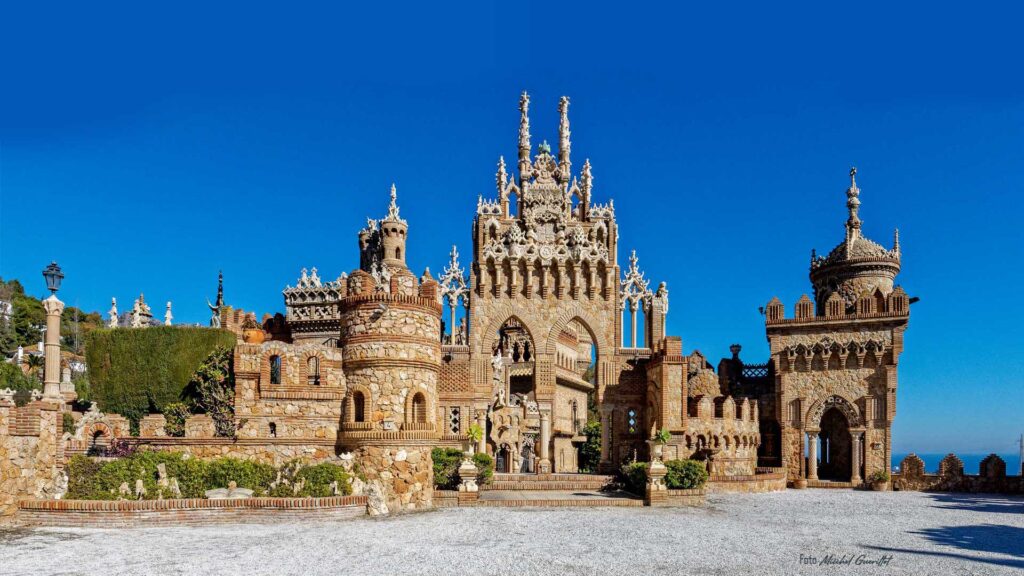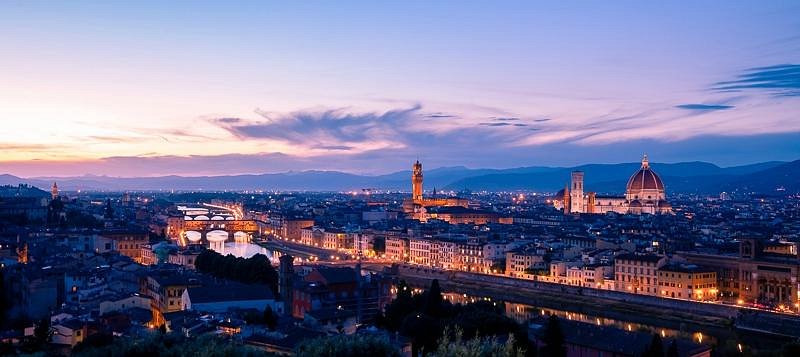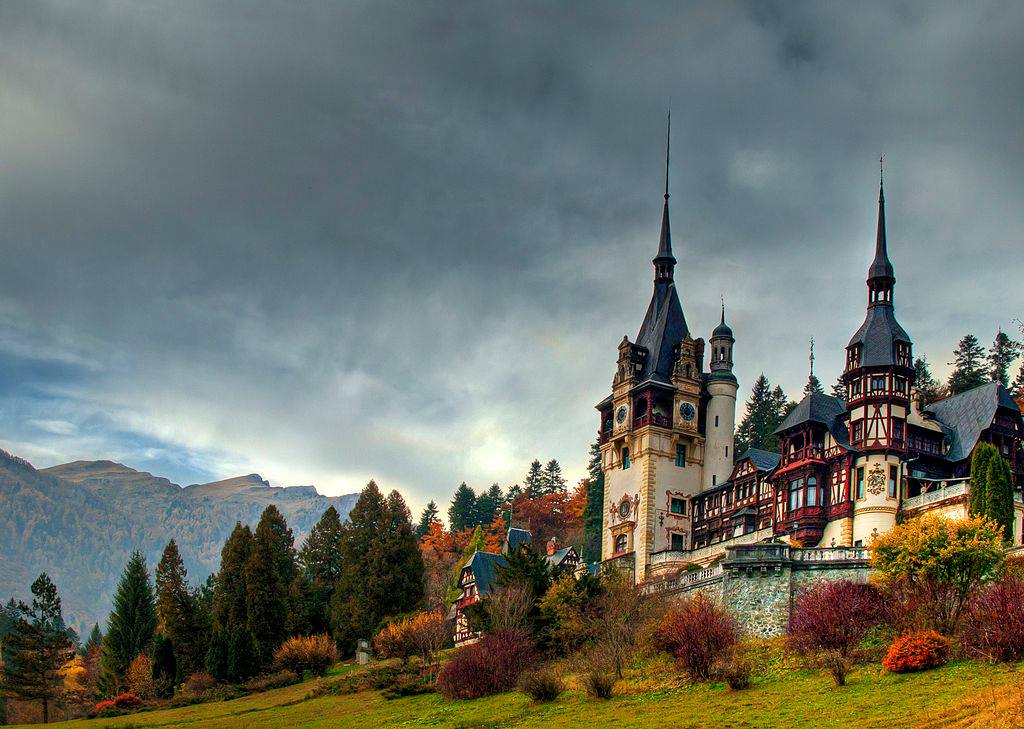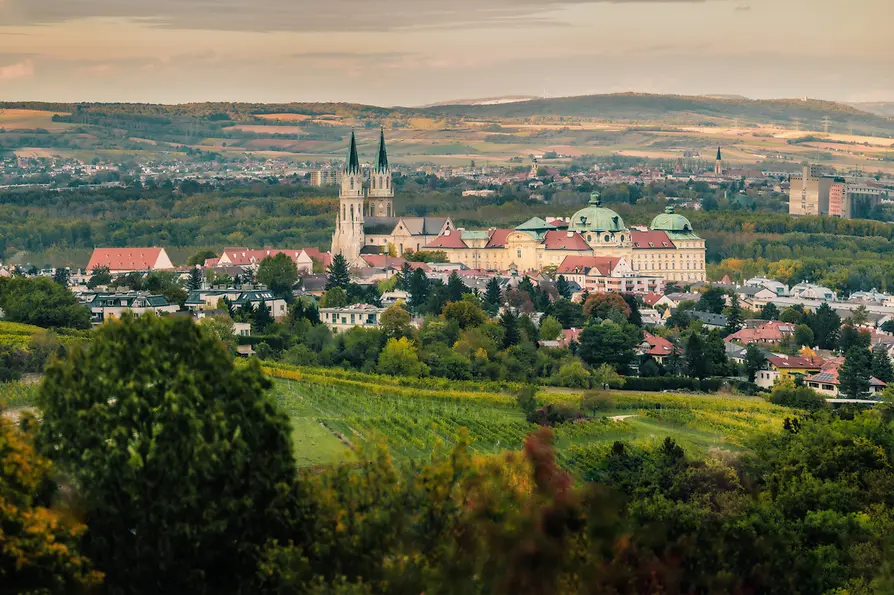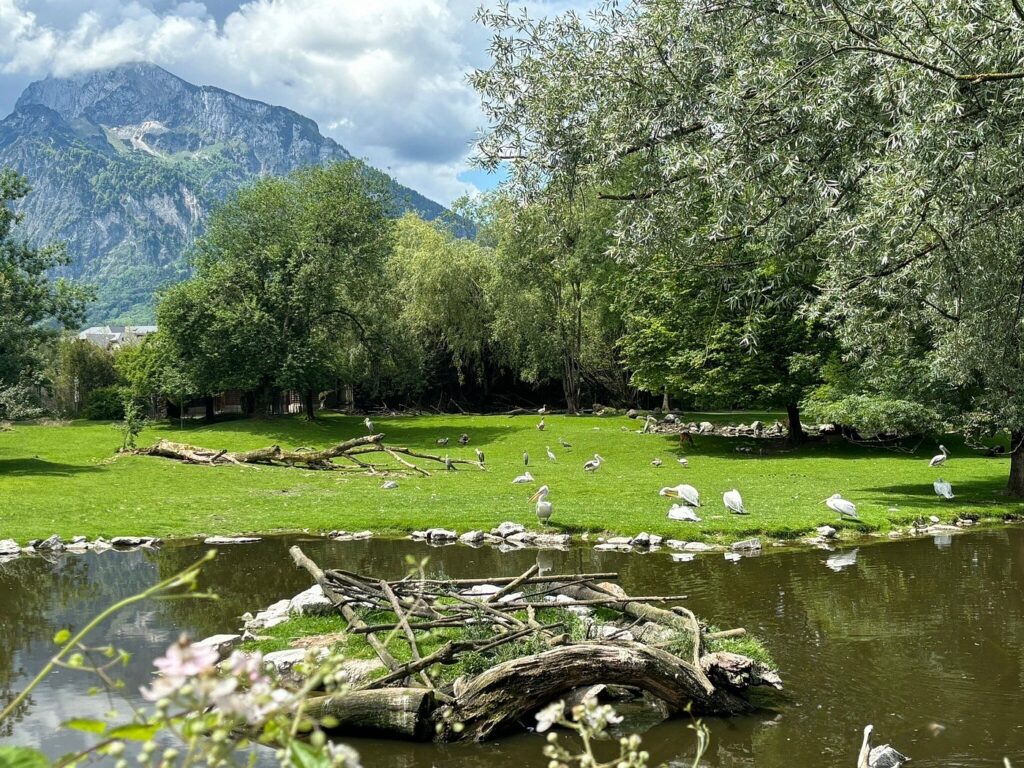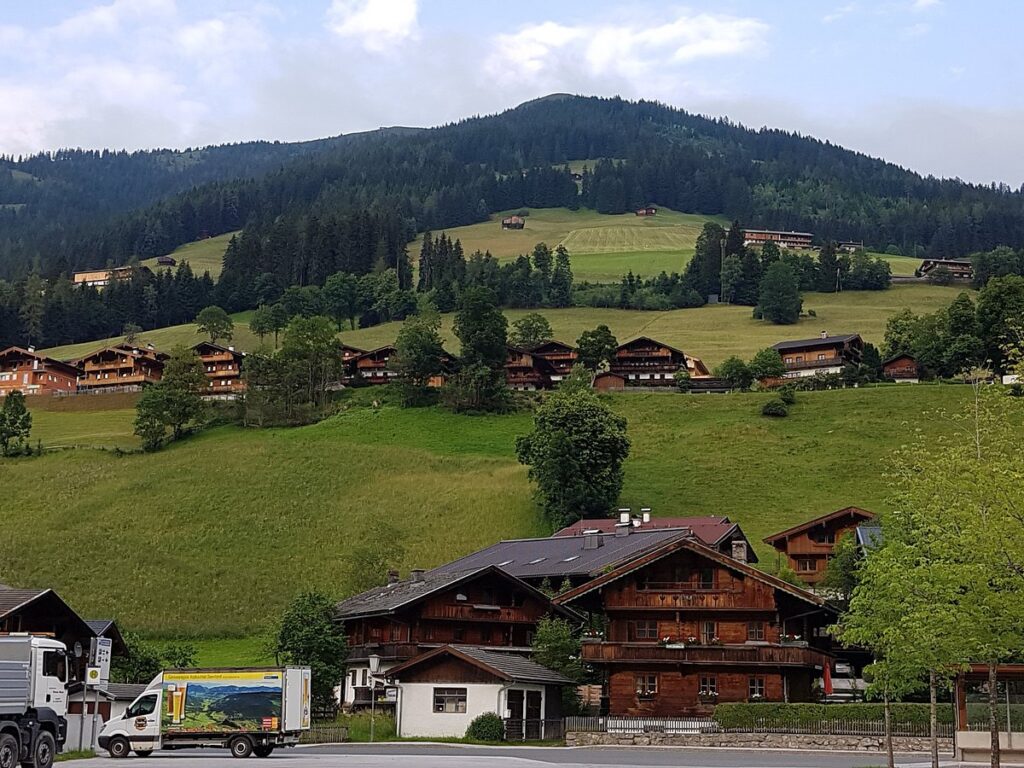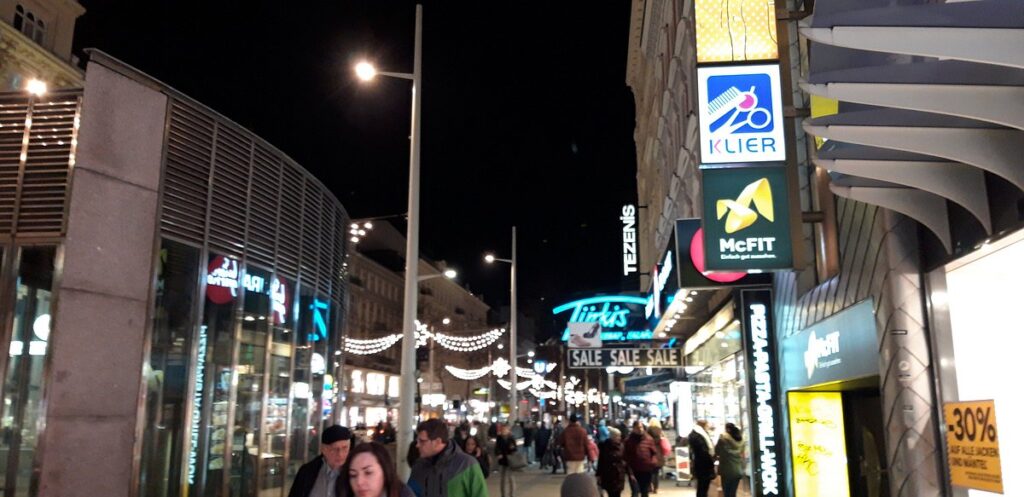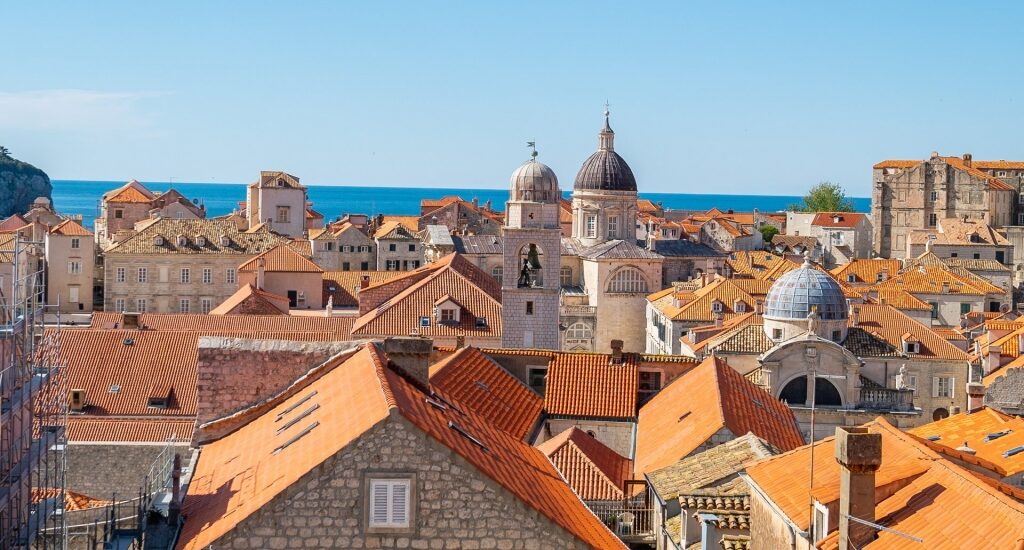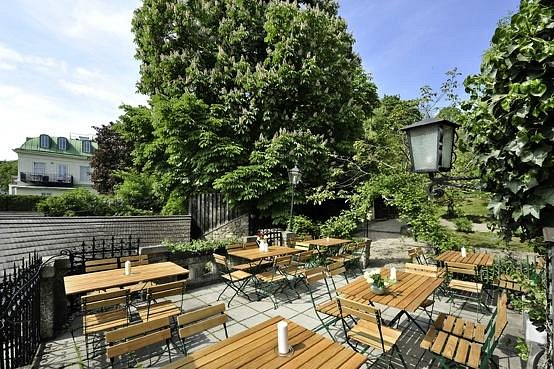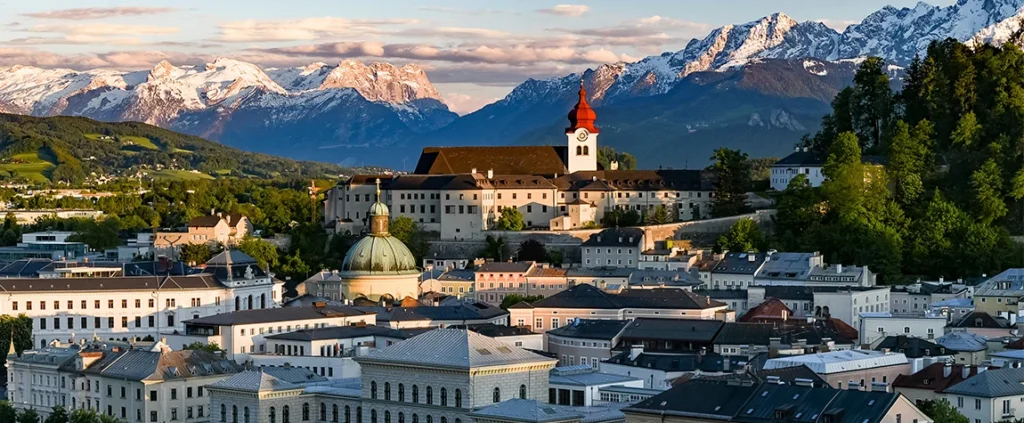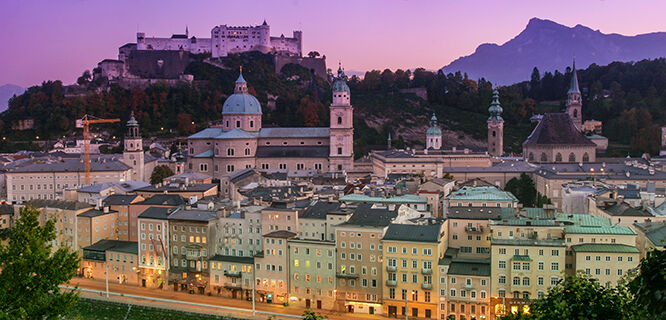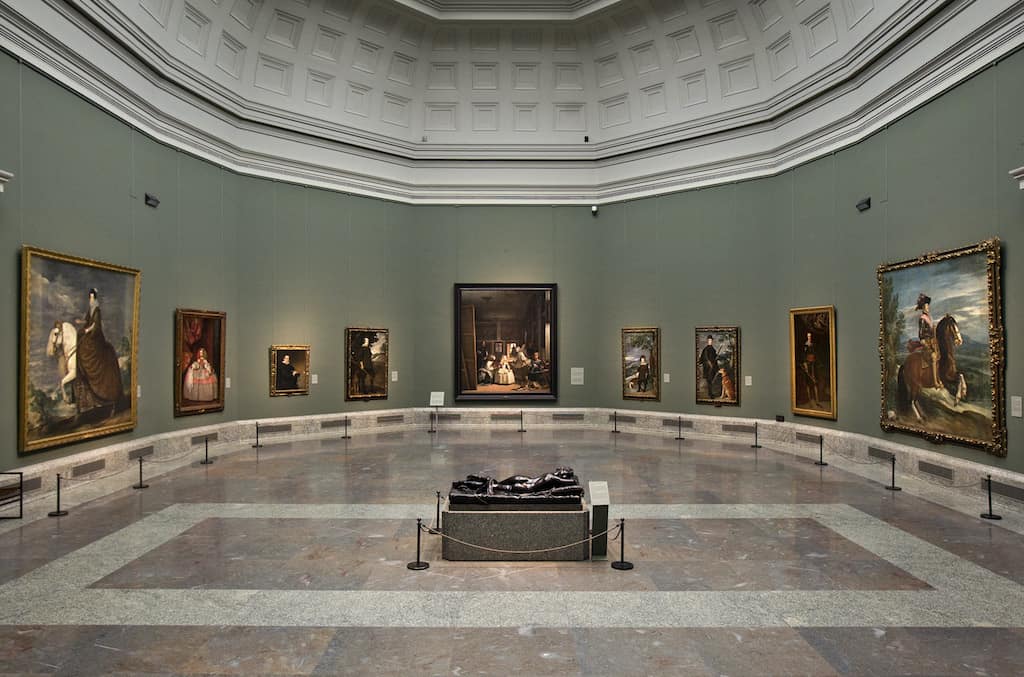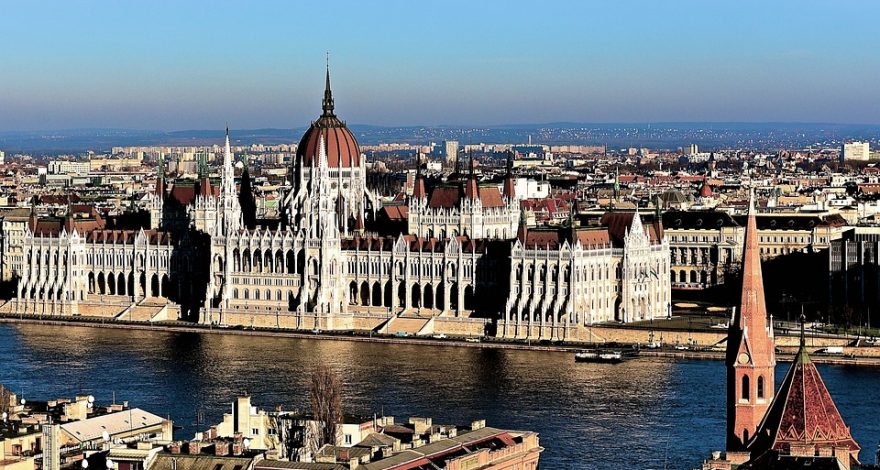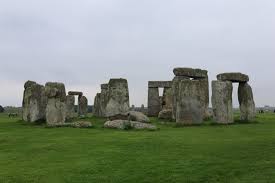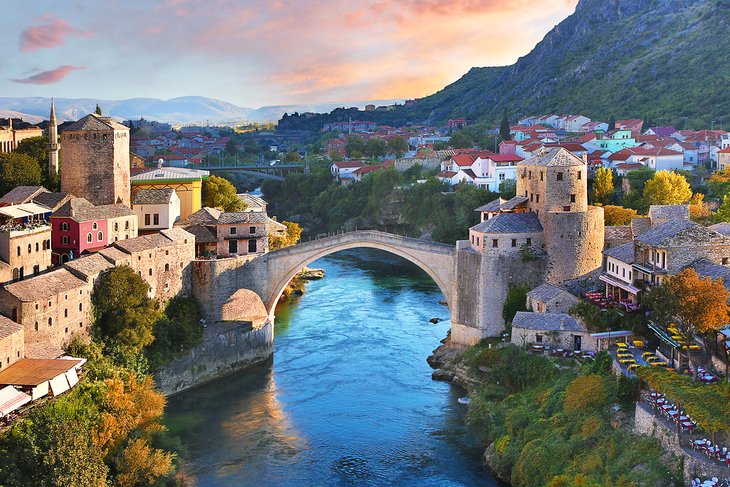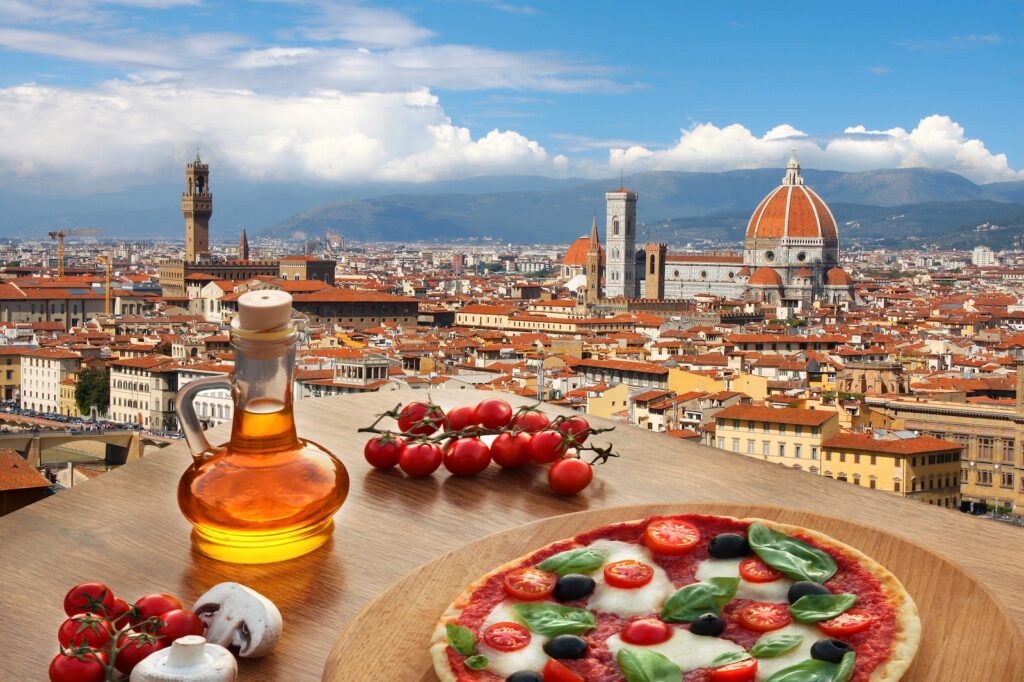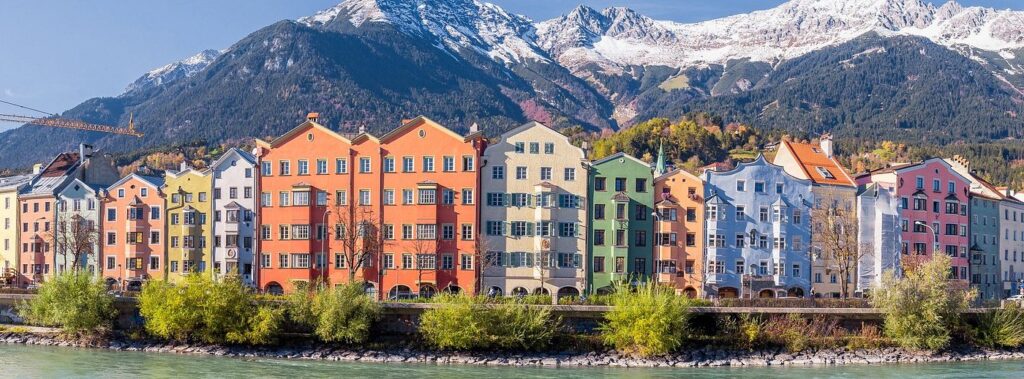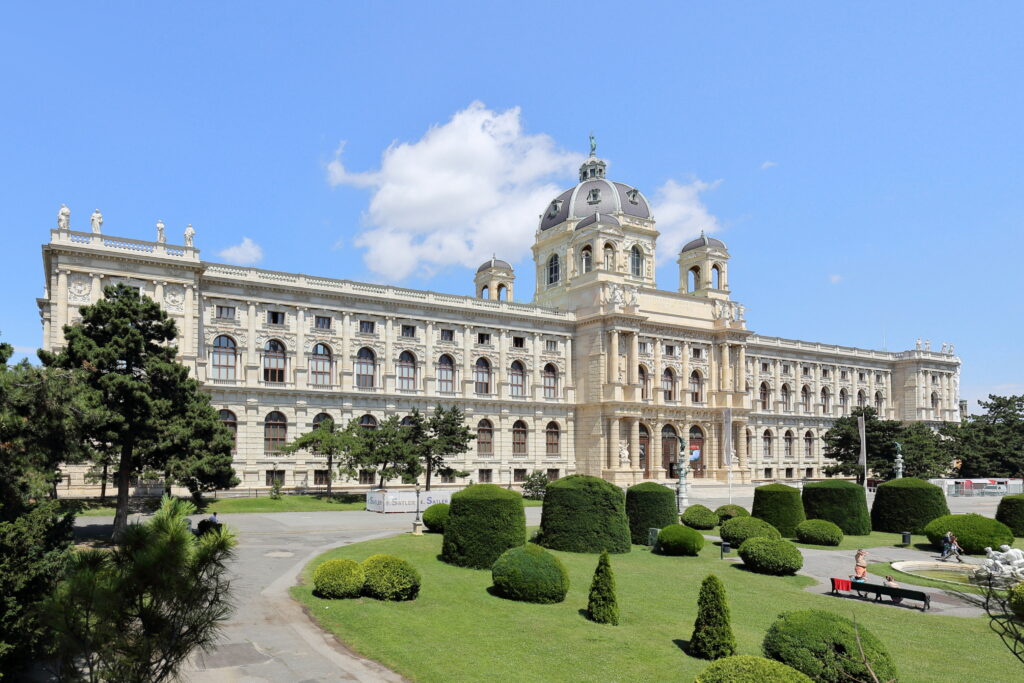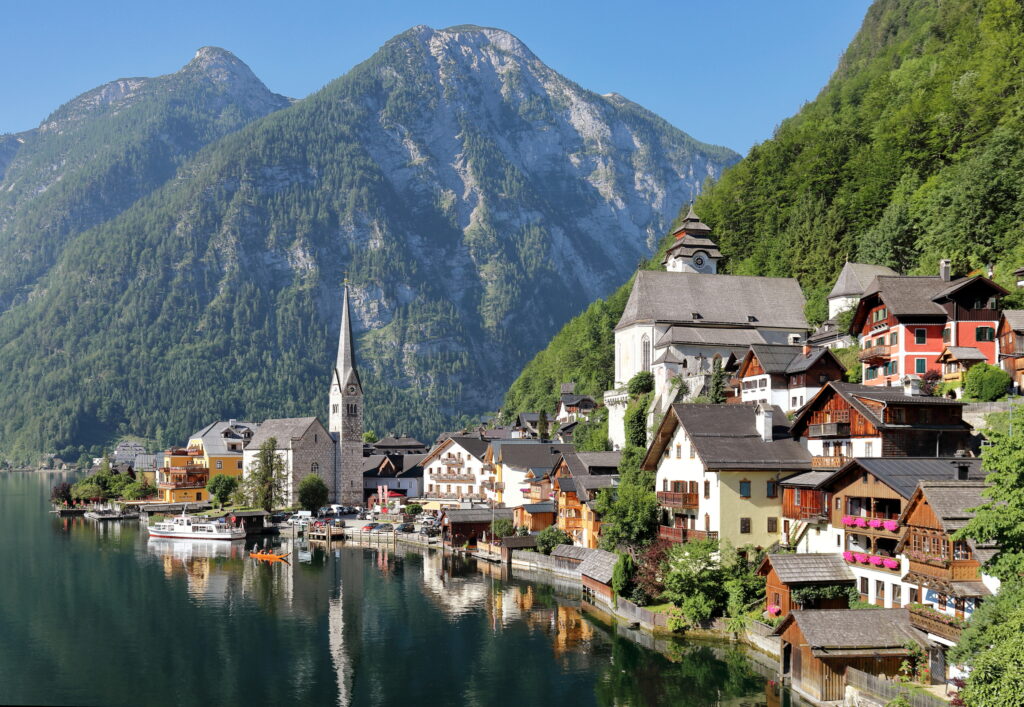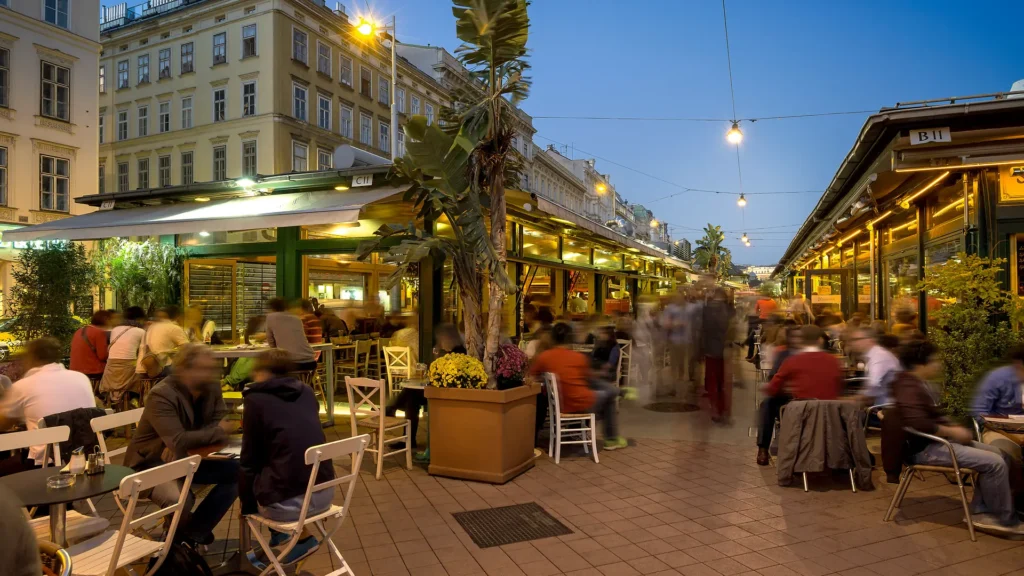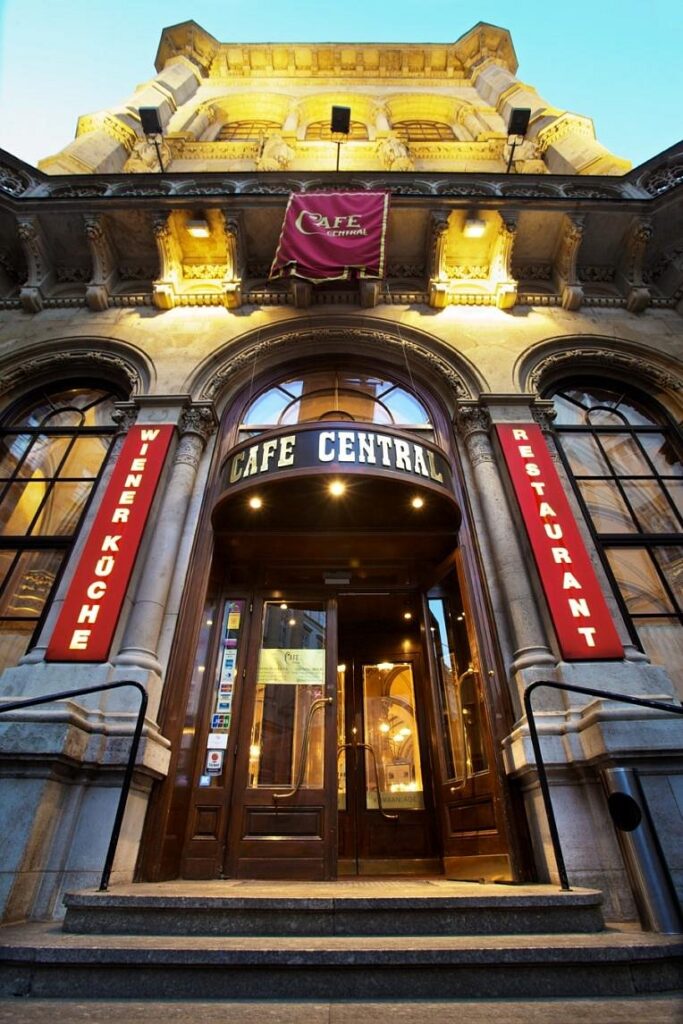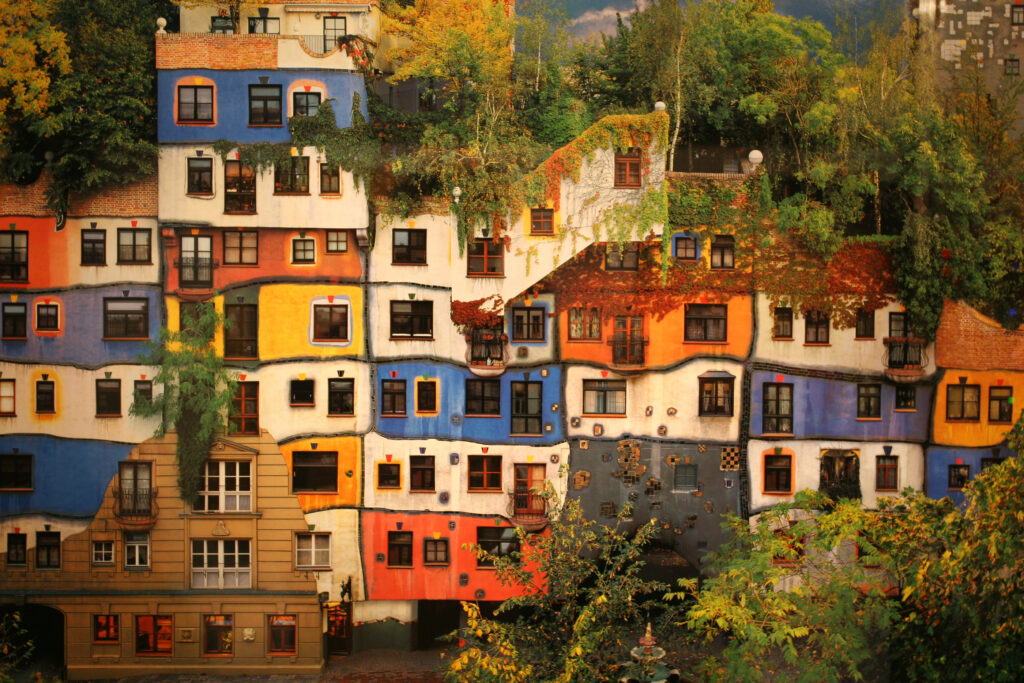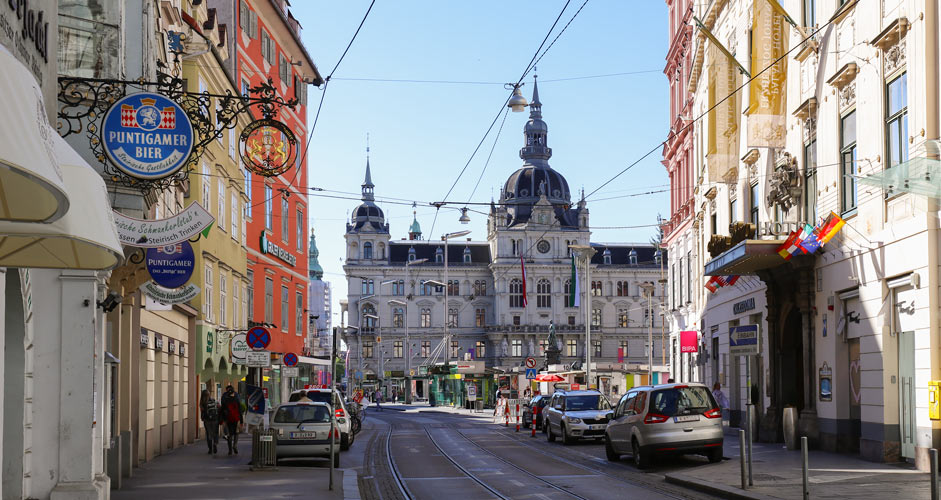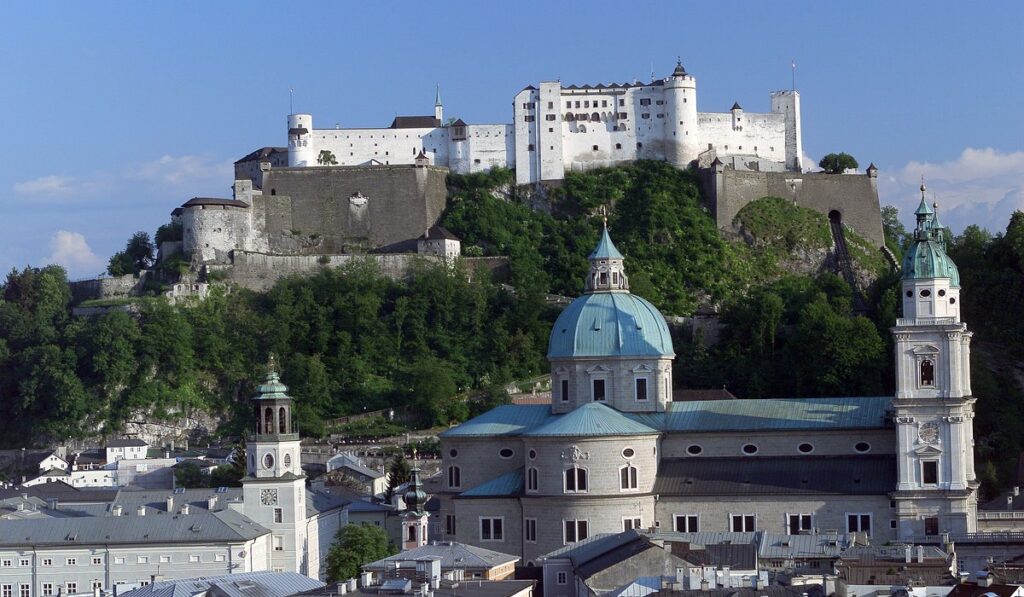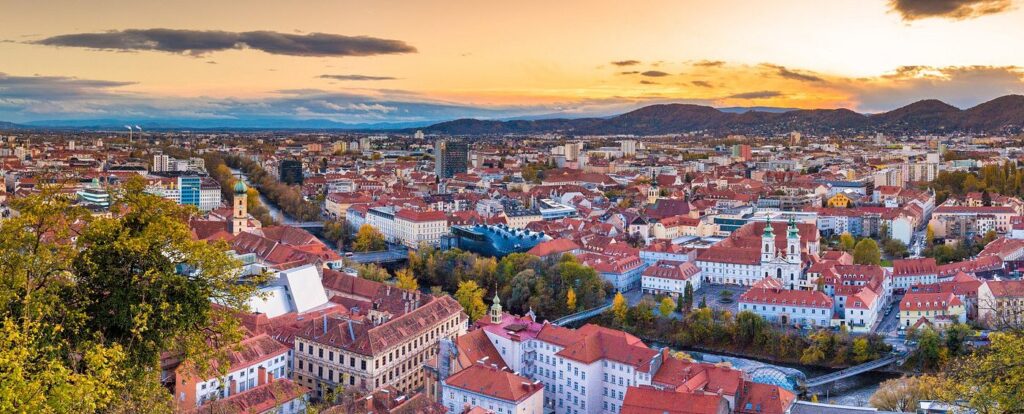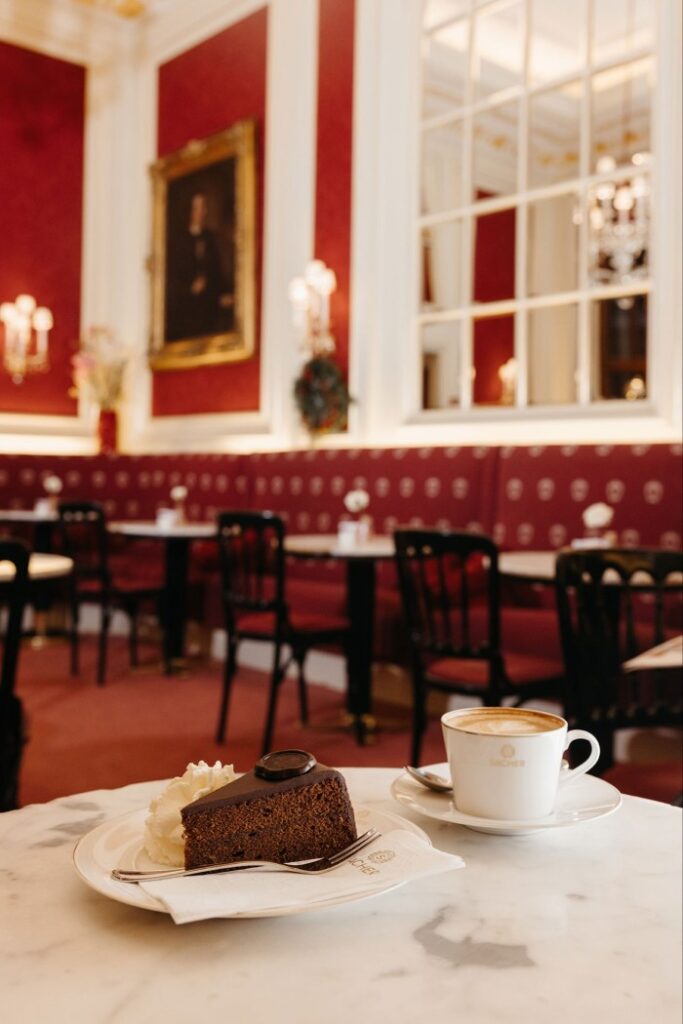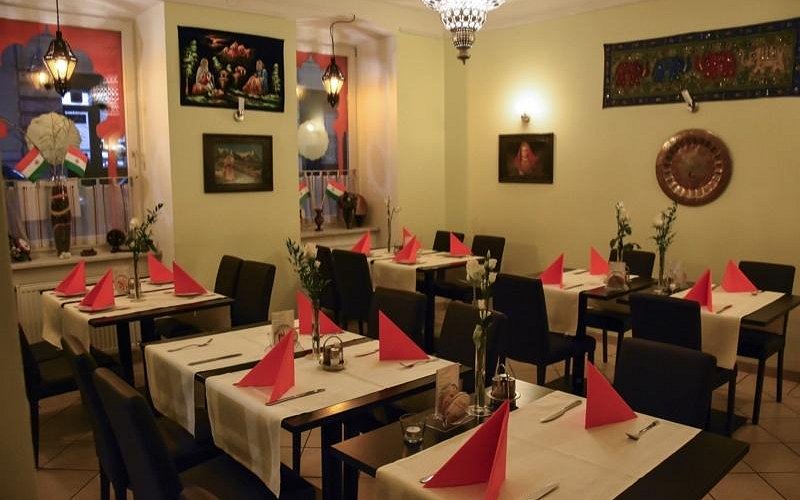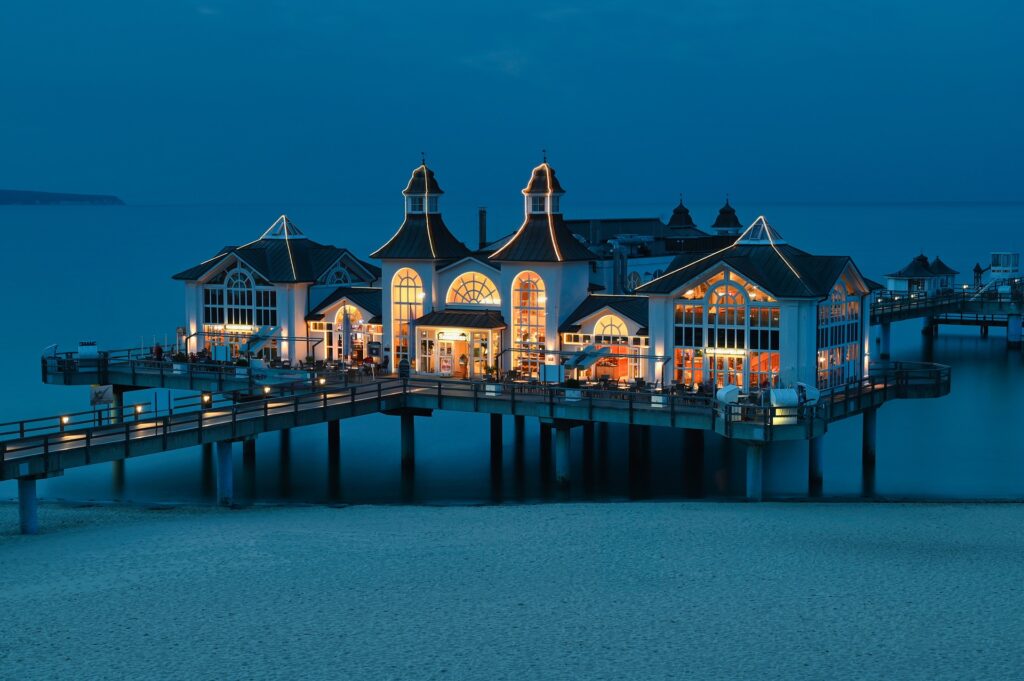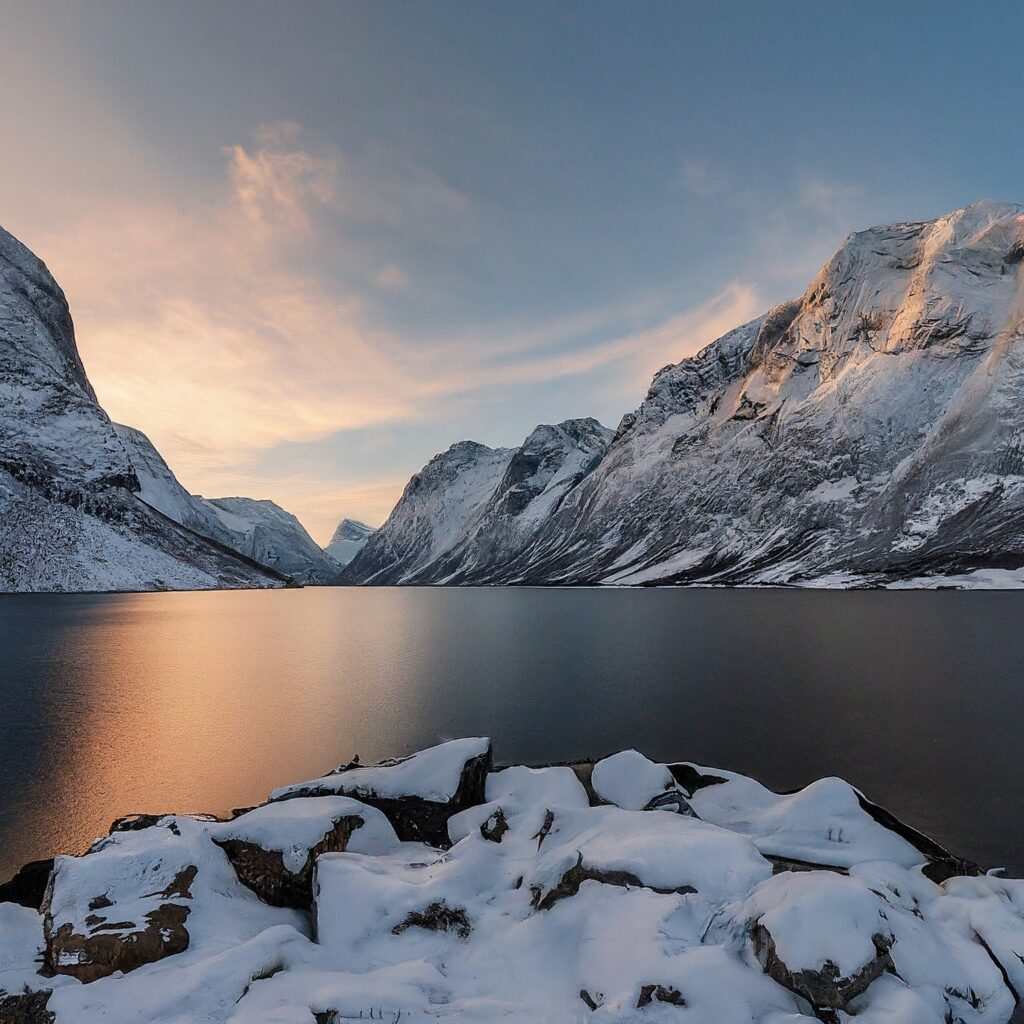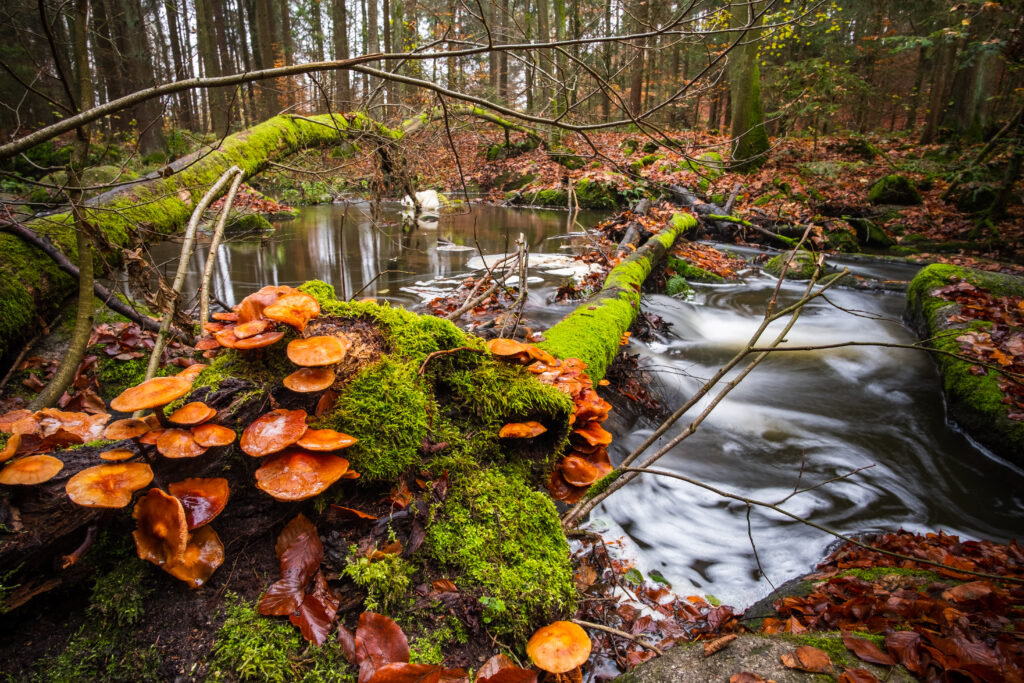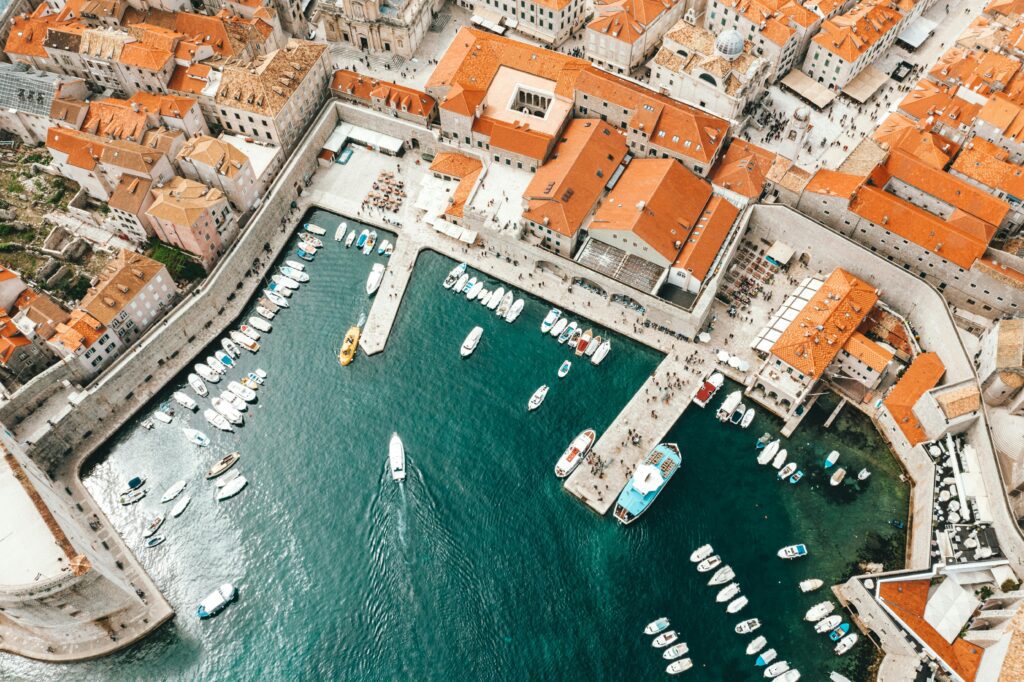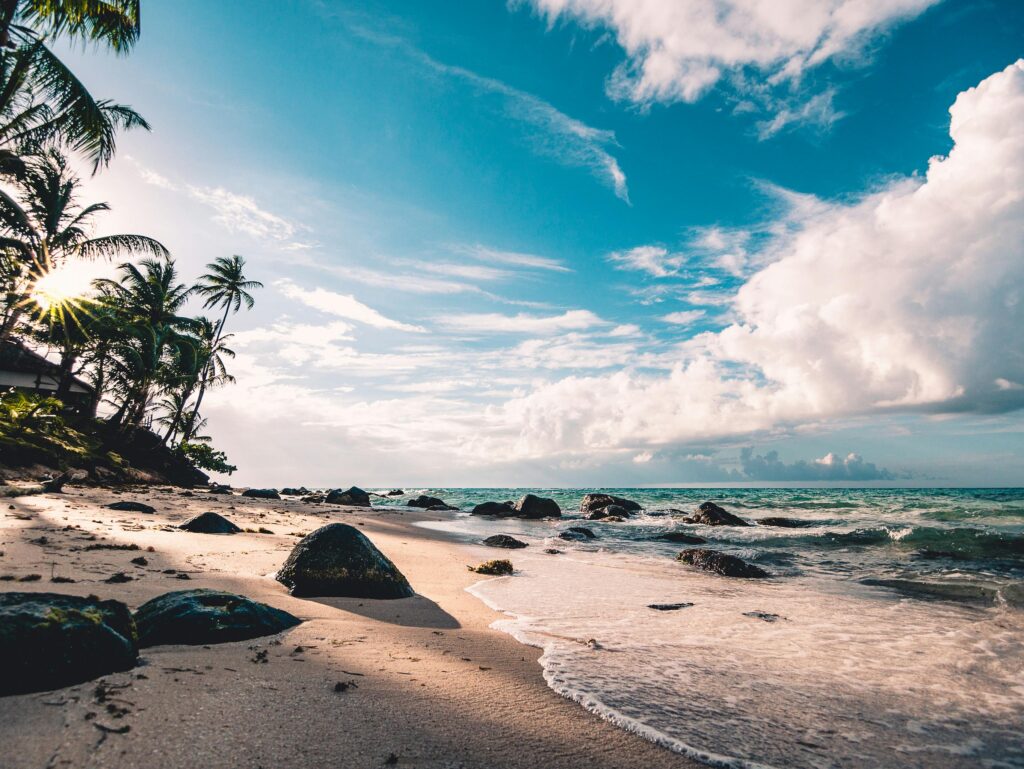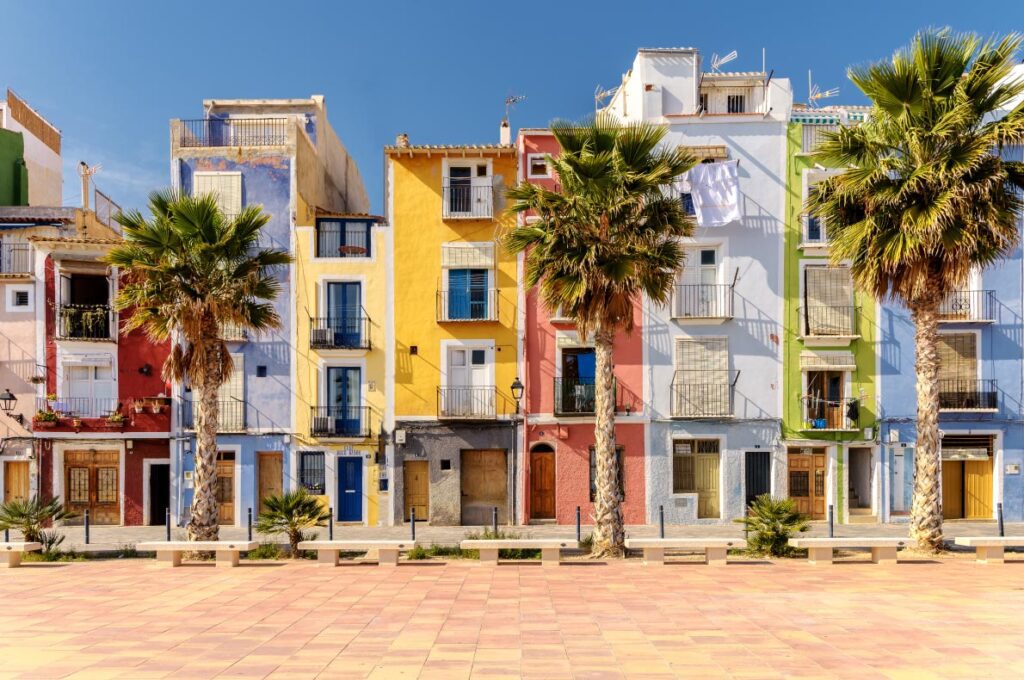Best of Crete: Top Destinations, Hidden Gems & Local Experiences
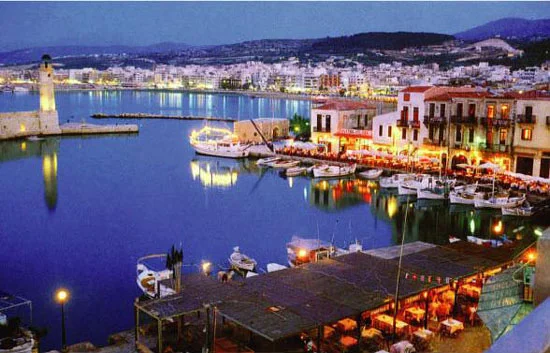
Crete, the largest islet in Greece, is a treasure trove of history and natural beauty. From its ancient remains to its turquoise strands and vibrant original traditions, this Mediterranean gem offers commodity for every rubberneck. Whether you’re a history nut, a food sucker, or simply someone seeking sun- soaked geographies, Crete welcomes you with open arms and dateless charm.
Crucial literal Events
Crete’s history stretches back thousands of times and is deeply intertwined with the story of Western civilization.
The islet was home to the Minoan civilization, one of the foremost advanced societies in Europe. Around 2000 – 1450 BCE, the Minoans erected sophisticated palaces, including the famous Palace of Knossos, and created intricate art and writing systems.
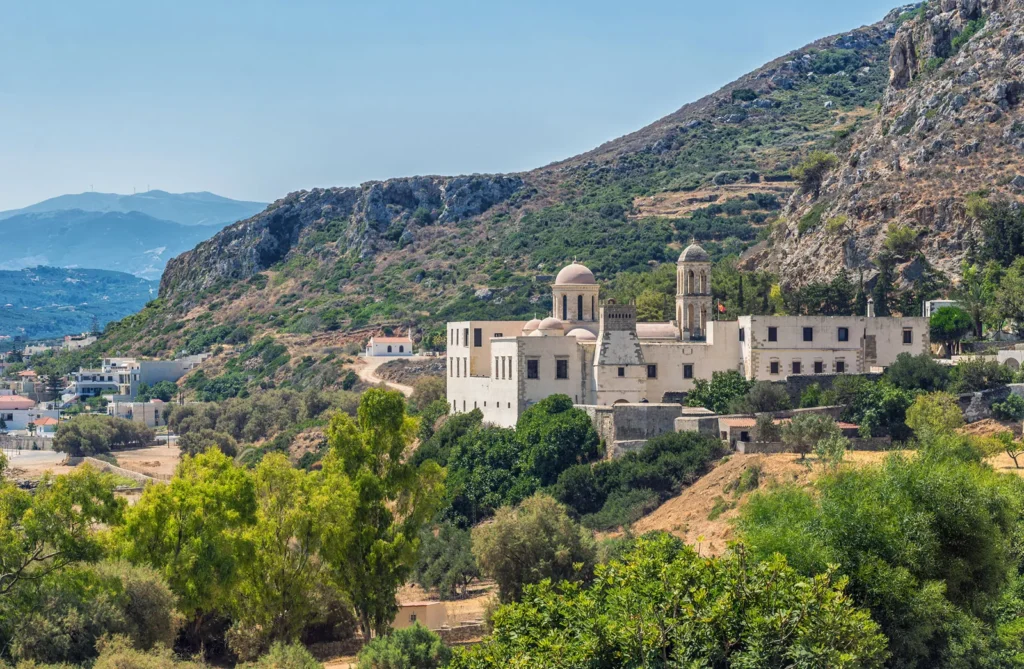
The eruption of the powder keg on near Santorini around 1600 BCE is believed to have weakened Minoan society, ultimately leading to its decline. latterly, Crete came part of classical Greek megacity- state culture, followed by Roman rule in 69 BCE.
In the Middle periods, the islet was controlled by the Byzantines, and also the Venetians, who left before emotional citadels and armature. The Ottoman Empire took over in the 17th century, and after centuries of resistance, Crete eventually united with Greece in 1913.
These layered influences make Crete a fascinating destination where every city and monument tells a story of adaptability and artistic blending.
Main Cultural Aspects
Crete’s culture is warm, lively, and deeply connected to its history and geography. Cretan people are known for their hospitality( philoxenia) — a tradition of welcoming guests wholeheartedly. Music and dance play an essential part in everyday life, especially the lyra, a traditional Cretan instrument, and the energetic Pentozali dance.

Food is another foundation of Cretan culture. Original food emphasizes fresh, simple ingredients — olive oil, herbs, cheeses, honey, and seafood. Classic dishes like “dakos” ( barley rusk topped with tomato and cheese), “kalitsounia”( sweet cheese pies), and slow- cooked goat or lamb reflect this rich culinary heritage.
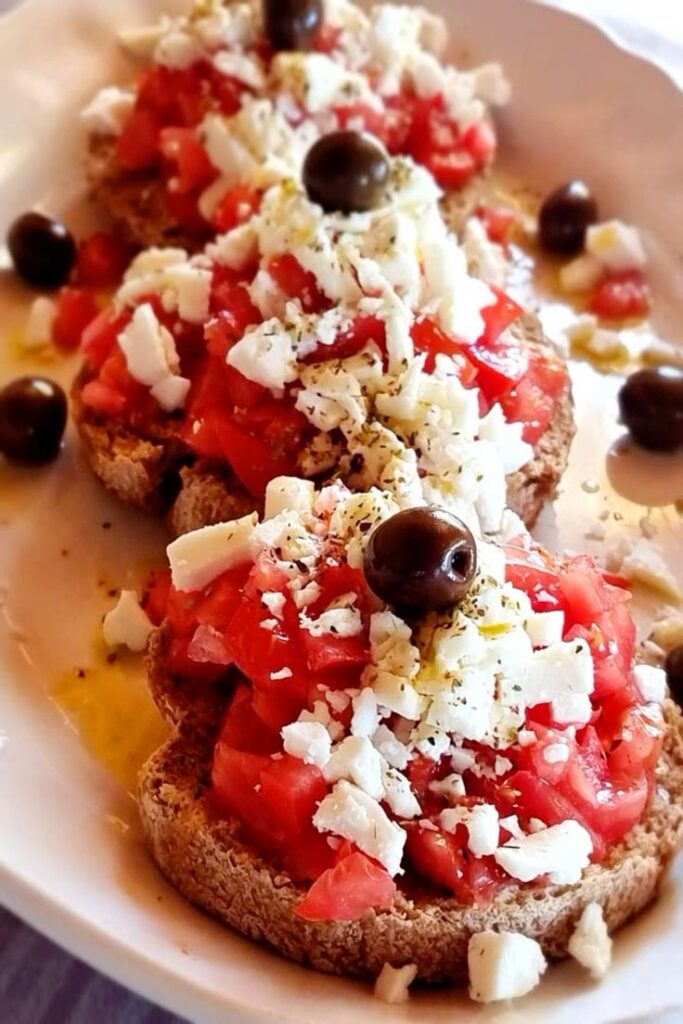

The islet also holds strong myth traditions, including myths of King Minos, the Minotaur, and fabulous grottoes where gods like Zeus were believed to be born. This mix of myth and heritage creates a artistic atmosphere set up nowhere differently in Greece.
Top Attractions to Visit
Crete is filled with iconic spots and stirring geographies. Some must- visit lodestones include:
1. Palace of Knossos
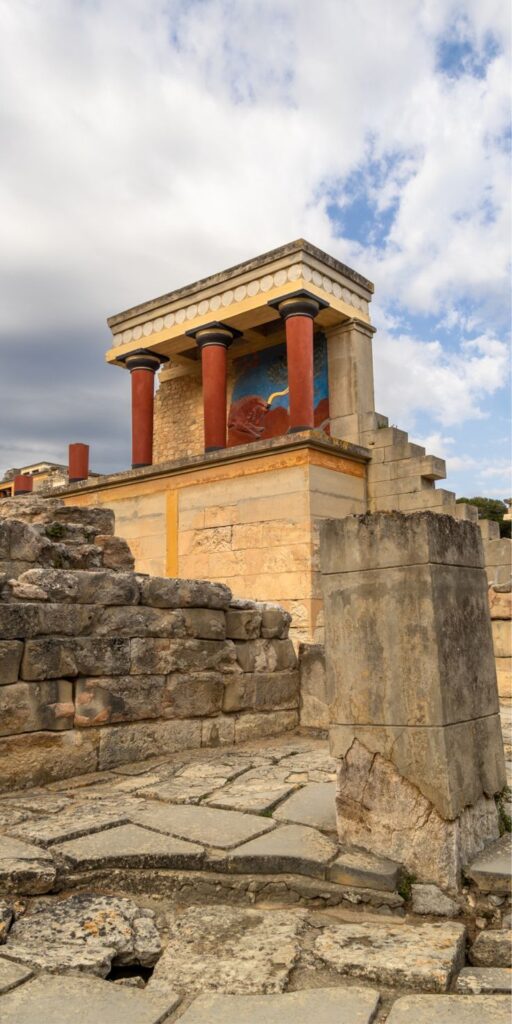
The heart of the ancient Minoan civilization, this archaeological point offers a regard into Europe’s foremost advanced society.
2. Samaria Gorge
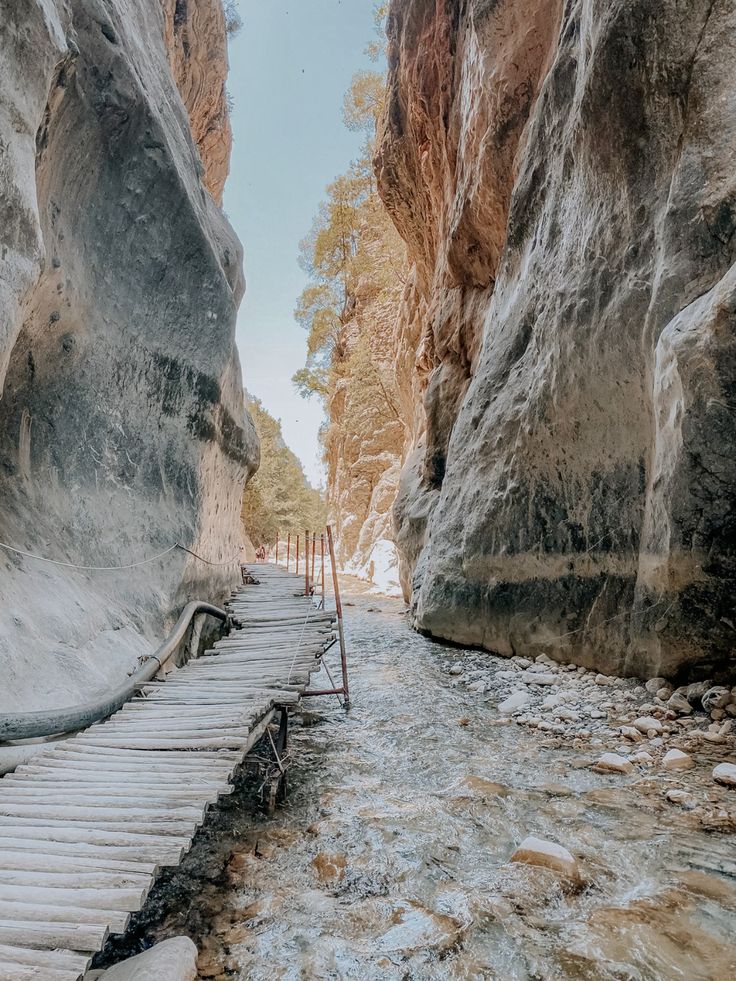
One of Europe’s longest ravines, perfect for hiking suckers. The trail winds through dramatic escarpments and ends at the Libyan ocean.
3. Elafonissi Beach

Famous for its pink beach and shallow turquoise waters, this sand is ideal for families and shutterbugs suchlike.
4. Chania Old Town
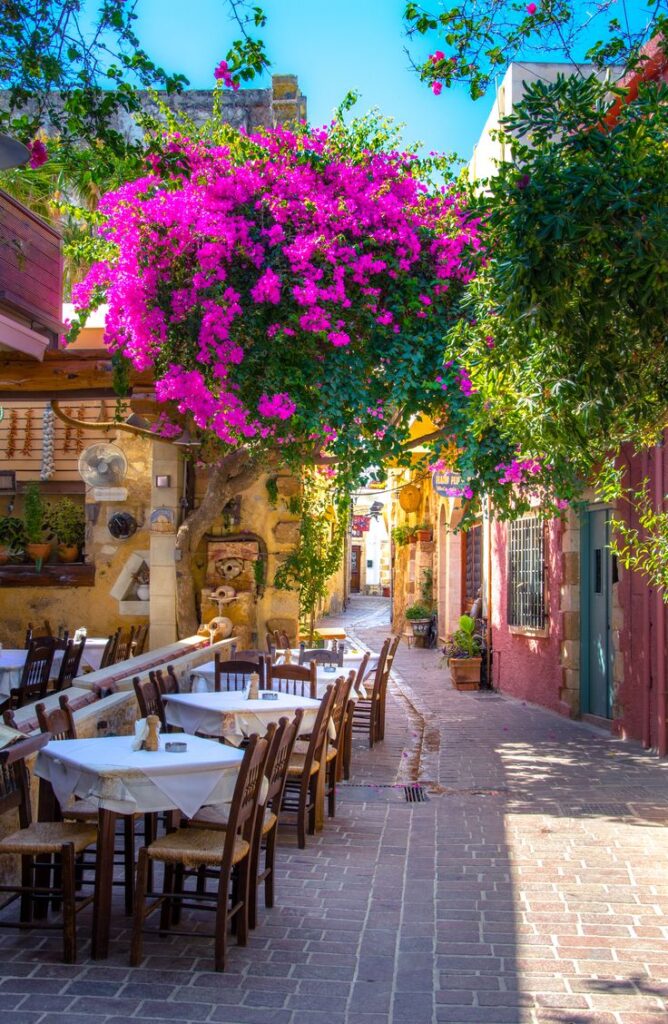
A fascinating blend of Venetian, Ottoman, and Greek armature, with a beautiful harbor, narrow alleys, and lively requests.
5.Rethymnon Fortress( Fortezza)
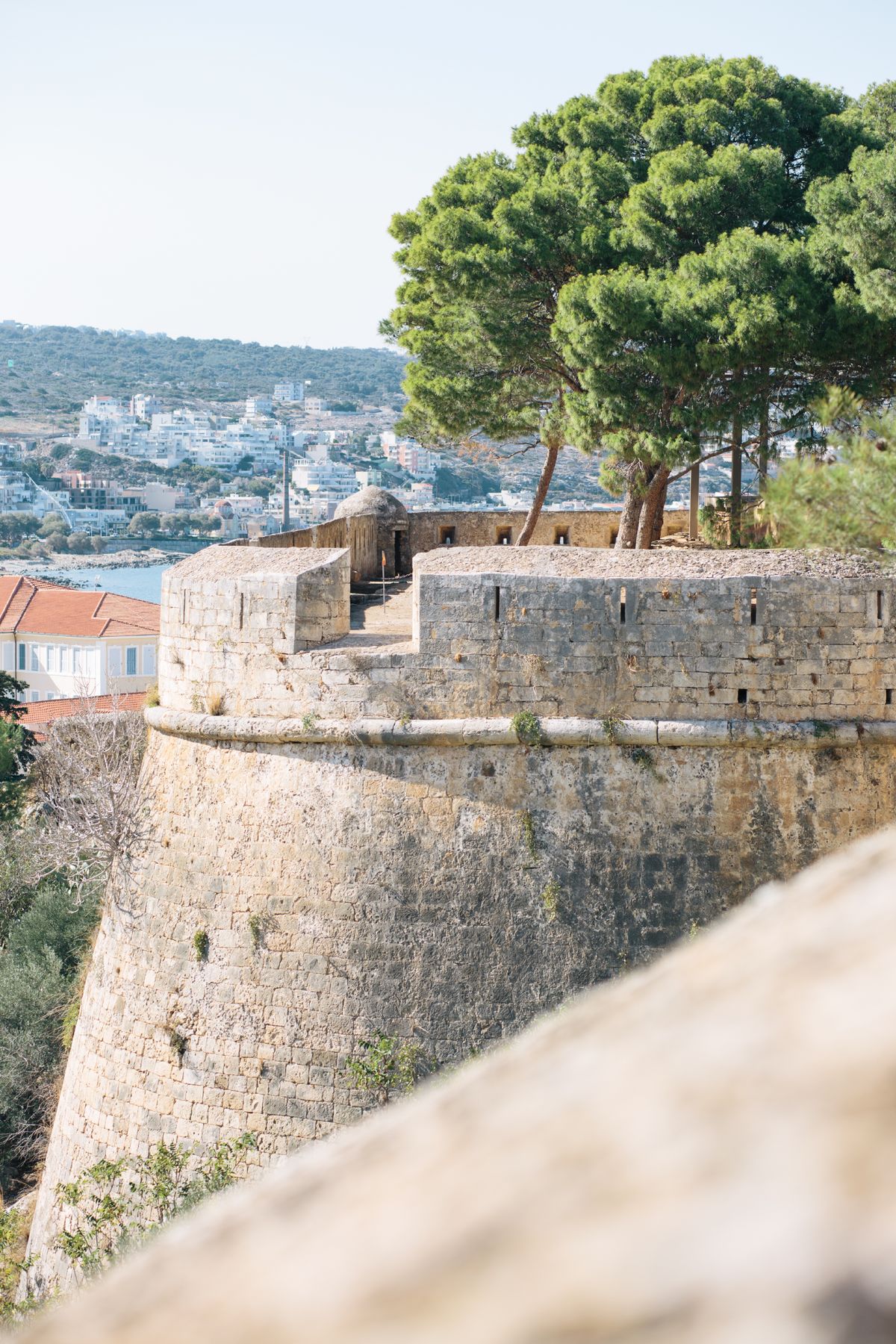
A massive Venetian stronghold overlooking the ocean — great for history suckers and evening views.
6. Balos Lagoon

A card-perfect geography of white beach and striking blue tones, accessible by boat or a scenic hike.
Recommended Activities
Beyond sightseeing, Crete offers a wide range of experiences:
- Hiking in the Samaria or Imbros ravines
- Swimming and snorkeling at strands like Falassarna and Vai
- Exploring mountain townlets similar as Archanes, Anogeia, and Spili
- Wine and olive- oil painting tasting tenures, especially in the Heraklion region
- Boat passages to Gramvousa Island or Chrissi Island
- Learning traditional cuisine through original culinary classes
- Visiting granges to taste fresh cheese and honey
These conditioning help Visitors connect deeply with the islet’s geography and community.
Travel Tips for Visitors
- Best time to visit: April to June and September to October, when the rainfall is affable and crowds are lower.
- Transport: Renting a auto is largely recommended. Crete is large, and public transport can be slow between remote areas.
- Accommodation: Book beforehand during summer, especially in Chania, Heraklion, or popular sand municipalities.
- Food tips: Eat at original tavernas rather than touristy spots — you’ll find better taste and lower prices. Stay doused: Crete can be hot, especially in July – August, so carry water during hikes or long walks.
- Cash and cards: Cards are accepted extensively, but small townlets may prefer cash.
Conclusion
Crete is a witching islet that blends myth, history, culture, and natural beauty in a way many destinations can. From ancient palaces and fascinating old municipalities to pink- beach strands and rugged ravines, the islet offers endless adventures for tourists of all kinds. Whether you are exploring archaeological prodigies, enjoying fresh Mediterranean cookery, or simply soaking in the warm Cretan hospitality, this islet promises an indelible trip.
Still, Crete deserves a place at the top of your trip list, If you’re featuring of a destination rich in soul and decor.
 English
English 